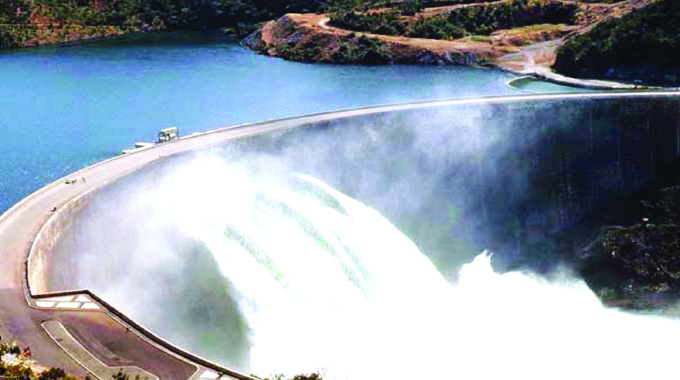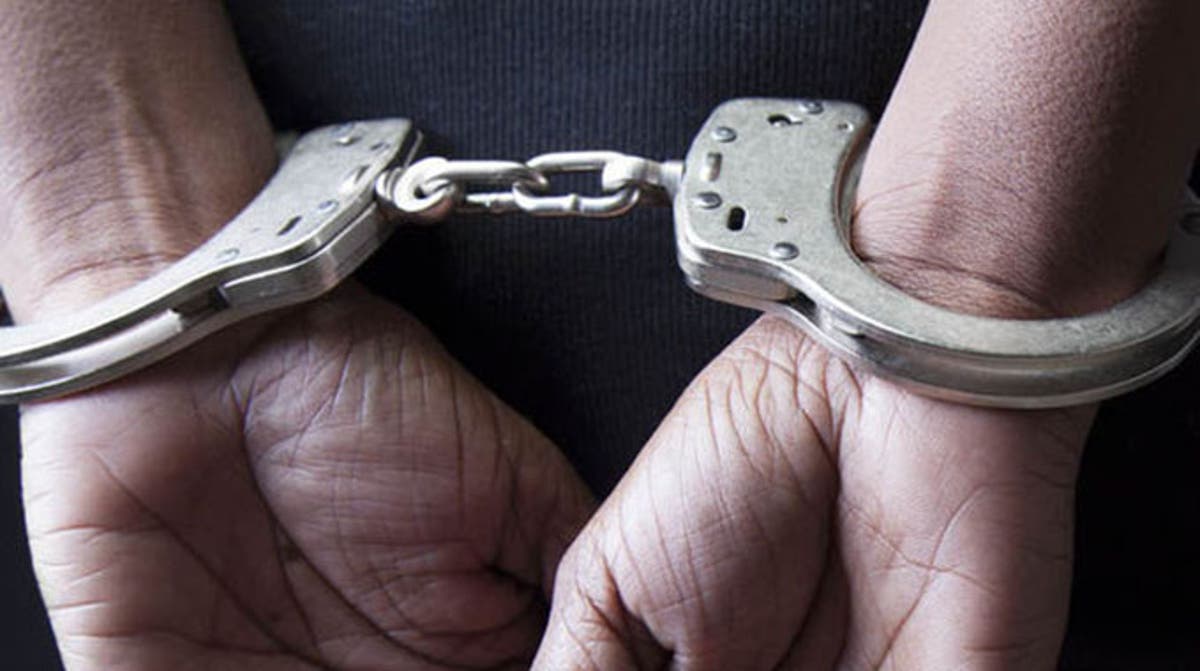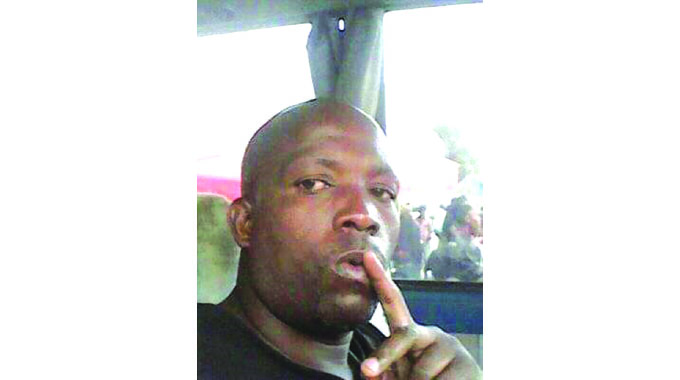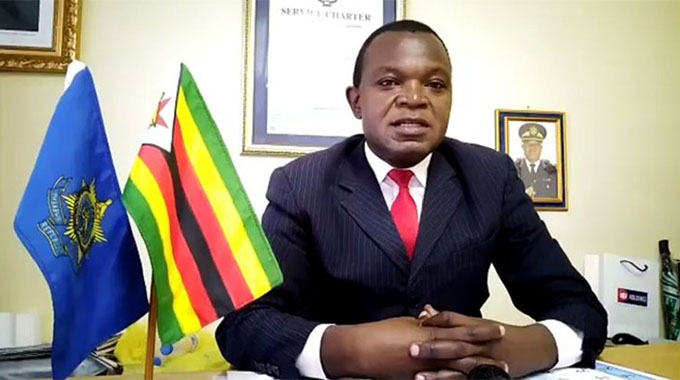Kariba anchors power supply despite low water

Business reporter
Kariba South power station remains Zimbabwe’s major source of electricity despite production limitations due to the low water level, which has prompted the Zimbabwe River Authority (ZRA) to ration the amount of water used to generate electricity from Lake Kariba.
The ZRA, being a bi-national organisation jointly and equally owned by the Governments of the Zimbabwe and Zambia, which generates power from the northern bank of Lake Kariba, has a mandate to manage the Kariba Dam and develop additional water storage infrastructure along the shared portion of the river located between the two States.
The lake, the largest man made water body in the world, sits on the mighty Zambezi River, a giant water system that starts in northern Angola, but has seen reduced flows into Kariba Dam over the past few years due to the negative impact of droughts and late onset of rains on the river’s catchment area, especially the Barotse plains in western Zambia.
The lake level has been decreasing steadily on account of low inflows from the mainstream Zambezi River, closing the period under review at 479,64m (29,20 percent usable storage) on 2nd August 2022, compared to 482.21m (48,55 percent usable storage) recorded on the same date last year,” ZRA said in its latest update.
Because the Zambezi River’s drainage basin starts and depends largely on the flow from the Barotse plains in western Zambia, and since the Barotse plains lie in the Zambezi River’s drainage basin, they must first become flooded at the peak of the rainy season in February before releasing excess water into the river, which only sees peak flow into Lake Kariba around April and June.
This means Zimbabwe and Zambia cannot expect any significant changes in electricity output from Lake Kariba soon after the onset of the rains in the summer until significant amounts of flows have entered the reservoir towards the middle of next year, also assuming an early onset of the rains this year.
Currently, the 1 050MW power plant generates electricity at significantly curtailed level, as per the water ration allowed by ZRA, to avoid excessive use of water which may result in the lake becoming depleted and requiring a long period of time to refill in order to be usable once again for purposes of generating electricity.
Zimbabwe therefore banks largely on the expected completion of the Hwange Power Station units 7 and 8, with the first generator expected to come on stream around October this year and the second in the first quarter of next year, in a development that will boost power supply by an additional 600MW.
HPS, a 920MW rated thermal power plant is currently able to generate an average of 450MW due to old equipment at the power station built in the mid 1980s and has outlived its economic life. The advanced age state of the power station affects its reliability and sees it frequently breakdown while the power utility faces forex issues to procure spares on time.
The Zimbabwe Power Company (ZPC) said in a recent update that power production for the second quarter to June 30, 2022 surpassed target by 0,35 percent with Kariba Power Station contributing the bulk at 72 percent of the total production.
ZPC in its quarterly power update said it sent out 2300,31GWh, marginally surpassing the quarterly target of 2292,31GWh, however, this fell significantly short of the electricity required by the country for industrial, commercial and household use, prompting state power utility to load shed to balance up supply and demand.
“Kariba Power Station contributed 72 percent of the total energy production in the period under review, Hwange Power Station contributed 27 percent while the Small Thermals only contributed 1 percent to the total energy production during the quarter,” it said.
ZPC noted that all eight units at Kariba were available for peak demand power generation during the quarter under review and due to increased generation, the station surpassed its quarterly target by 14,17 percent.
The power company said that the output for the quarter was 6,39 percent above the output in the second quarter of 2021.
“This is attributed to increased water allocation from 15 billion cubic metres in 2021 to 22,3 billion cubic metres in 2022.”
According to the update, from January to date, ZPC has sent out 4469,08GWh thereby surpassing the target for the period set at 4177,60GWh by 6,98 percent.
ZPC said this represents 49 percent of the annual target set at 9111GWh.
During the period under review, ZPC was allocated 22,5Bm3 by the Zambezi River Authority “ZRA” for power generation and this translates to 5 312GWh and an average capacity of 606MW.
ZPC said that the lake level increased from 478,81m at the beginning of the quarter to a maximum of 480,21 on 14th June then dropped to 479,64m at the beginning of August 2022.
“This represents a 1,34m rise in lake level over the quarter. As at the end of Q2 2022, the station had consumed 13,59Bm3 against a revised target of 13,00Bm3.”
ZPC noted that in order to alleviate coal supply challenges faced by thermal power stations, the cabinet approved a long term coal supply agreement which will see coal suppliers getting long term bank financing they need to expand on their production. On project status, ZPC said that the Hwange Expansion project was at 84,82 percent at the beginning of the quarter under review, and ended the quarter at 89,95 percent.
“Although the project schedule had been affected by the Covid-19 pandemic, recovery efforts are now being implemented to complete the project in the shortest possible time,” ZPC said.
It noted that the ZPC Relocation Action Programme (RAP) is progressing well with the overall progress of all construction sites at 90 percent with most of the houses at roof level.
“Two (2) out of nine (9) construction sites (Epping Forest and Sawmills) have been completed to date.”
During the quarter under review, ZPC said it started receiving various components for the Deka project, which is funded from a USD $48,1million Line of Credit (LOC) extended by the Government of India to the Government of Zimbabwe.
“The first batch of 3 555 mild steel pipes was received on the 10th of July 2022. The offloading and transportation process will take approximately a month to complete as the pipes are transported in batches of 30 trucks.
“Work on water harnessing are at 55 percent.”
ZPC said that the aim is to eliminate water losses and recover approx. 750 m3/h by addressing mainly the ash handling plants, the fire hydrant system, and leaking valves in the station.








Comments